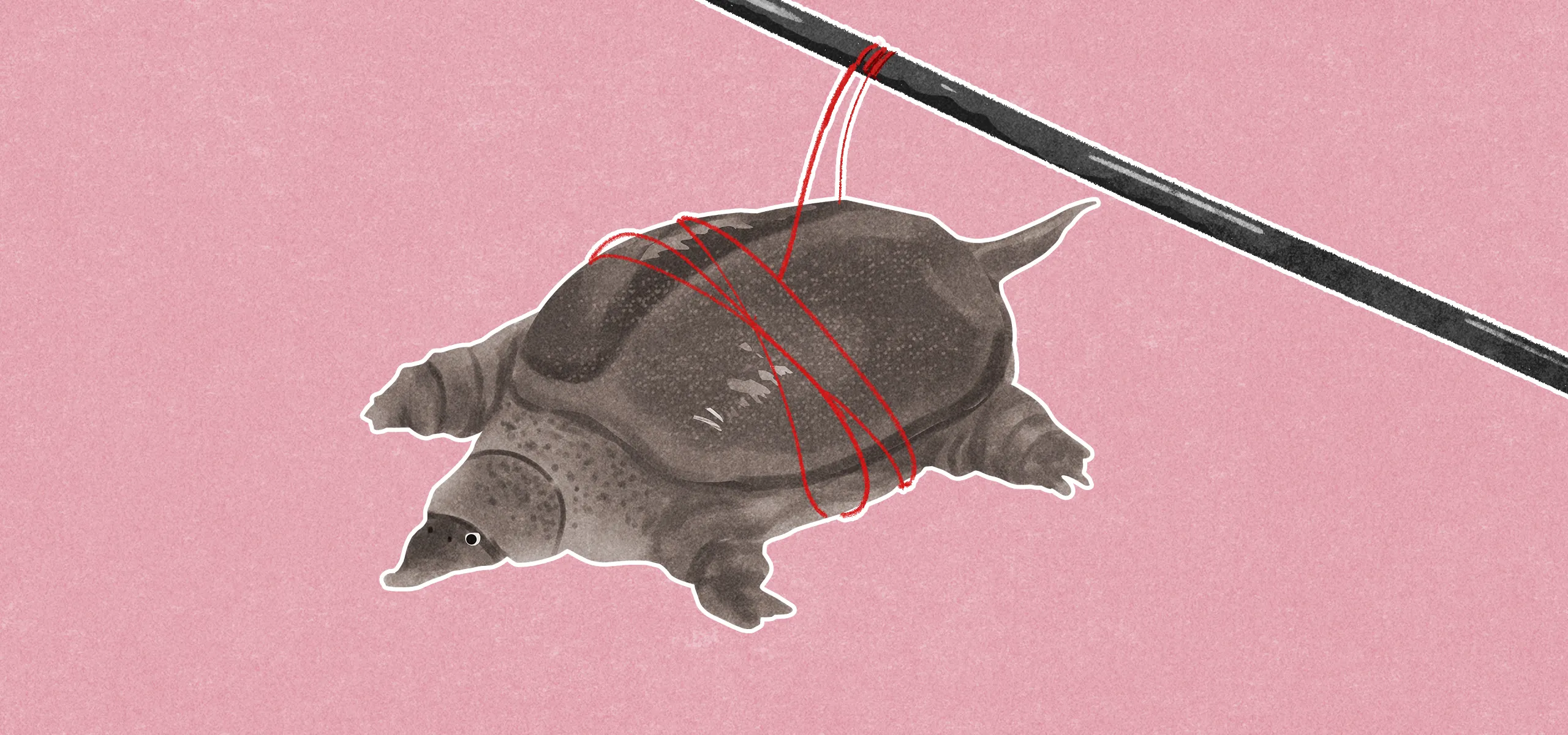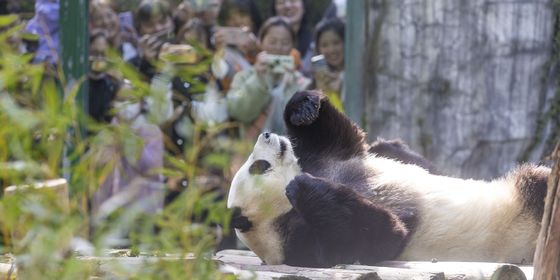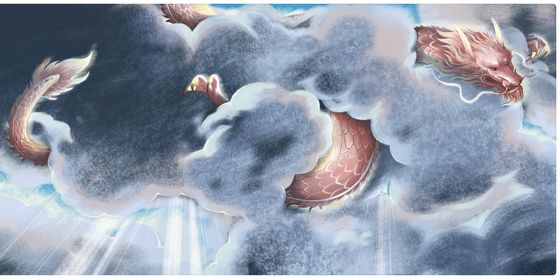As the coastal town of Humen urbanizes, the softshell turtle industry, which boomed in the 1990s, is losing its appeal
Business is slow in the turtle industry. Seventy-year-old Chen Zhiman, who began farming softshell turtles in 1992, ceased all operations in 2012. His farm in Humen, a coastal town in southern China’s Guangdong province, bears no trace of the 1 million softshell turtles (鳖, biē in Chinese) that he raised over 20 years.
Chen’s farm is already humid in May, the air heavy with the promise of summer. Cicadas buzz overhead, and chickens cluck sleepily beneath the heat. From broad-leafed trees droop clusters of ripe bananas and mangos, which Chen peels and offers to TWOC as he carves a path through his fields. He stops at a small shed bordering a pond, and gestures at the water. His ponds—dug specifically for softshell turtles in 1992, and covered with white tarp to protect from predatory birds—have since been repurposed for fish.
“In the 1990s, I could make 200,000 to 300,000 yuan per mu [around 667 square meters] of turtle farmland,” Chen tells TWOC. “By 2012, I was only making 10,000 yuan per mu. Turtles aren’t worth it anymore.” Like Chen, many of Humen’s turtle farmers have turned to more profitable sources of income, and softshell turtles have almost entirely vanished from the town’s wet markets. Humen’s turtle industry is slowly going into its shell.













